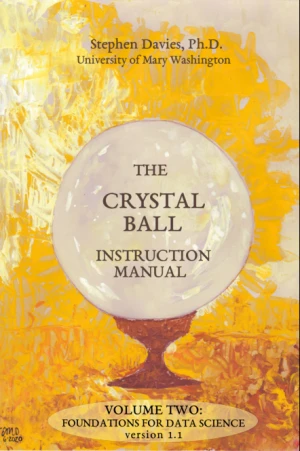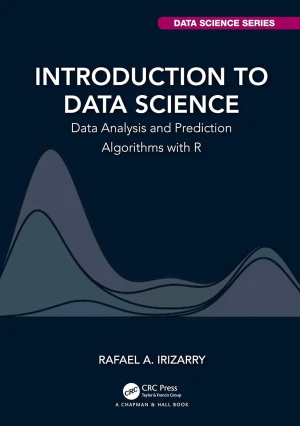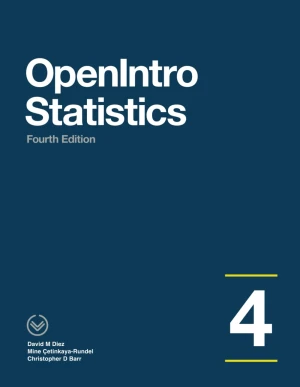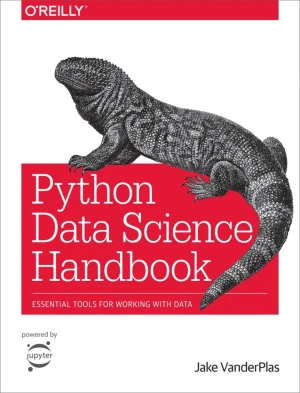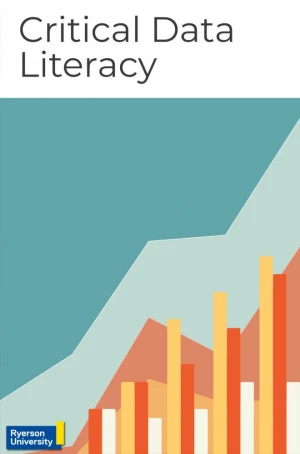The Crystal Ball Instruction Manual, Volume 1
Introduction to Data Science
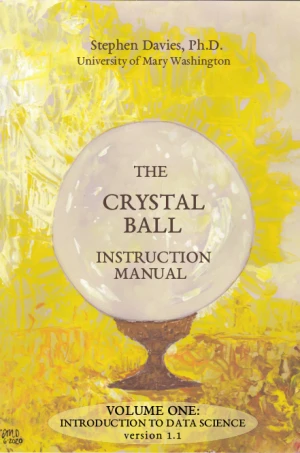
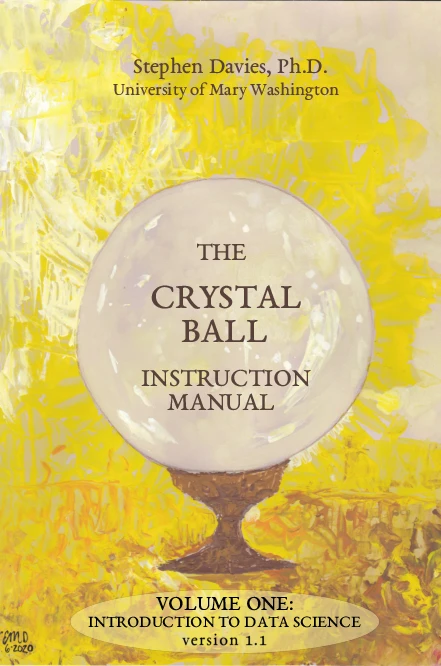
Book Details
| Author | Stephen Davies |
| Publisher | University of Mary Washington |
| Published | 2025 |
| Edition | 1st |
| Paperback | 314 pages |
| Language | English |
| License | Creative Commons Attribution-ShareAlike |
Book Description
Stephen Davies notes that if this marks the reader's first exposure to data science, they occupy an enviable position, with all the "cool stuff" still ahead of them. He expresses a sense of jealousy but also excitement to explore the field again with the reader.
The text states that this field has changed the world on an incredibly short time scale. Davies observes that just decades ago, decisions in business and medicine were based on gut feelings and limited observations, missing patterns that data could reveal.
According to the text, part of the reason for these suboptimal choices was that the power of data science wasn't yet clear, and the technology wasn't available. The book emphasizes that this has changed - the processing power, storage, and data are now all available, often at low or no cost.
The author declares this the era of data science, stating he can think of no better field to dive into for understanding and impacting the world. The text concludes that commanding these techniques gives both great insight and power to influence how life on Earth proceeds.
This book is available under a Creative Commons Attribution-ShareAlike license (CC BY-SA), which means that you are free to copy, distribute, and modify it, as long as you credit the original author and license any derivative works under the same terms.
If you enjoyed the book and would like to support the author, you can purchase a printed copy (hardcover or paperback) from official retailers.
Download and Read Links
Share this Book
[localhost]# find . -name "*Similar_Books*"
The Crystal Ball Instruction Manual, Volume 2
This book, The Crystal Ball Instruction Manual: Volume Two, Foundations for Data Science, continues the series. The author, Stephen Davies, explains that the first volume was titled "Introduction to Data Science" because it provided an initial, broad tour of the field. He notes that the reader's continued interest indicates a readiness to explore t
Introduction to Data Science
Introduction to Data Science: Data Analysis and Prediction Algorithms with R introduces concepts and skills that can help you tackle real-world data analysis challenges. It covers concepts from probability, statistical inference, linear regression, and machine learning. It also helps you develop skills such as R programming, data wrangling, data vi
OpenIntro Statistics, 4th Edition
OpenIntro Statistics provides a traditional college-level introduction to the field of statistics. This widely adopted textbook offers an exceptional and accessible foundation for a diverse range of students, from those at community colleges to attendees of Ivy League institutions. It is estimated that approximately 20,000 students use this thoroug
Python Data Science Handbook
For many researchers, Python is a first-class tool mainly because of its libraries for storing, manipulating, and gaining insight from data. Several resources exist for individual pieces of this data science stack, but only with the Python Data Science Handbook do you get them all - IPython, NumPy, Pandas, Matplotlib, Scikit-Learn, and other relate
Data Science at the Command Line, 2nd Edition
This thoroughly revised guide demonstrates how the flexibility of the command line can help you become a more efficient and productive data scientist. You'll learn how to combine small yet powerful command-line tools to quickly obtain, scrub, explore, and model your data. To get you started, author Jeroen Janssens provides a Docker image packed wit
Critical Data Literacy
A short course for students to increase their proficiency in analyzing and interpreting data visualizations. By completing this short course students will be able to explain the importance of data literacy, identify data visualization issues in order to improve their own skills in data story-telling. The intended outcome of this course is to help s

